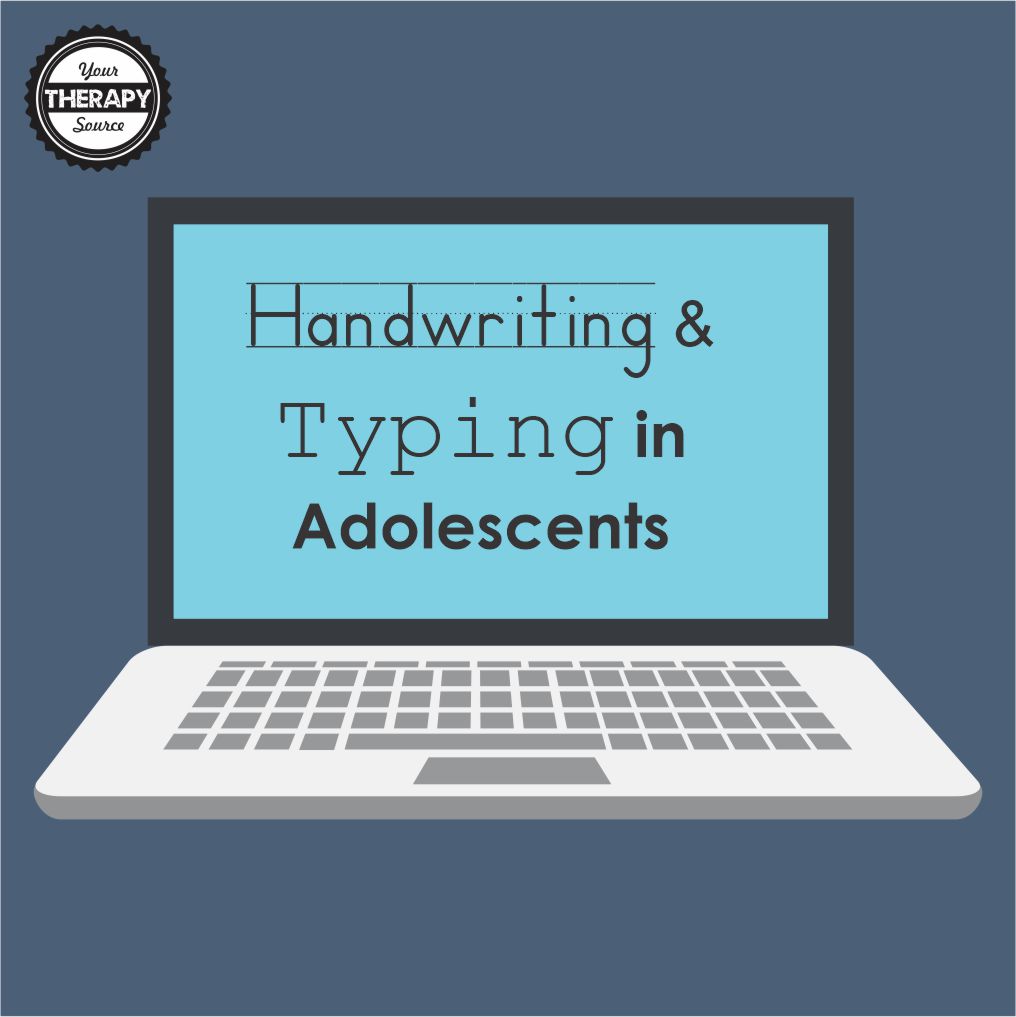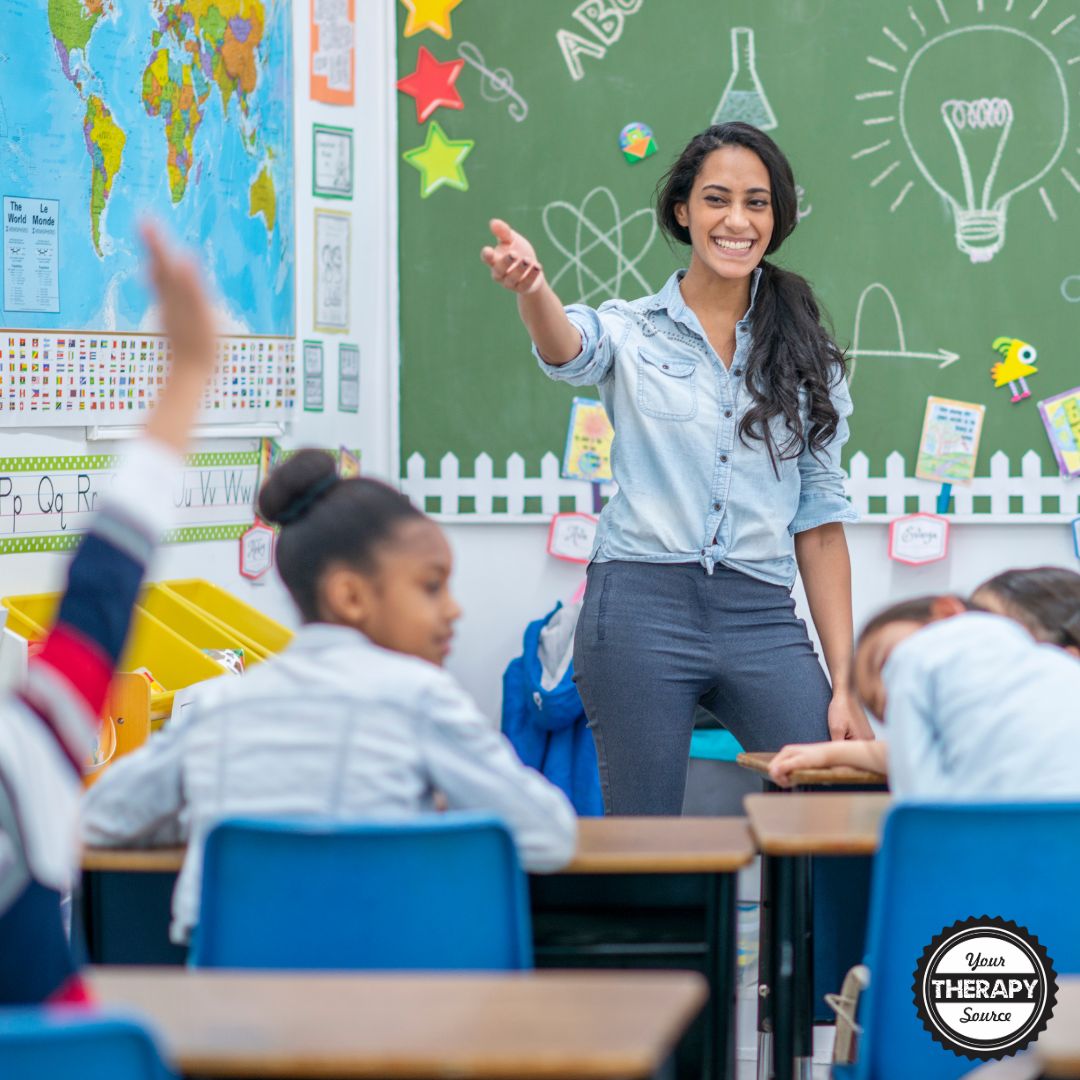Unraveling Handwriting and Typing in Adolescents
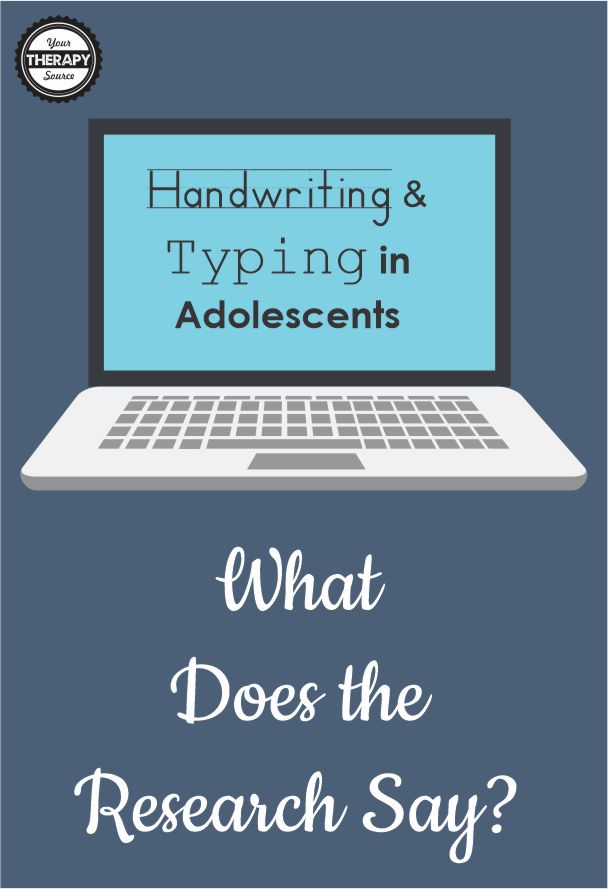
In an age where typing is gradually taking over handwriting in different areas of life, from social communication to professional tasks, there’s a growing need to work on unraveling handwriting and typing in adolescents. Historically, handwriting has been the center of research and educational practice, while typing has often been left to individuals to learn through self-practice. This is evident in many school systems, including those in Italy, where this particular study was conducted, where formal instruction is offered for handwriting, but typing is often self-taught. What makes this gap significant is the fact that research indicates that typing fluency can, in fact, enhance spelling and composition skills.
The primary objective of teaching students to write, whether by hand or by typing, is to make the physical process automatic. This allows students to focus less on the act of writing and more on higher-level thinking involved in the writing process. Usually, by the ages of 9 to 10, handwriting becomes second nature to children, while typing proficiency can vary significantly depending on the learning strategy adopted.
However, writing is not just about the physical process of producing words on a page; it is a complex task involving the integration of various linguistic processes like spelling. This integration is dependent on both physical motor skills and linguistic understanding. The study delves deeper into this integration process, exploring how students with different handwriting and typing skills manage spelling while writing dictated content and how their individual motor and language skills contribute to this complex integration process in both modes of writing.
WHAT DOES THE RESEARCH SAY ABOUT HANDWRITING AND TYPING IN ADOLESCENTS?
A recent study focusing on 9th-grade students in Italy looked at how spelling impacts handwriting and typing and how reading and hand-eye coordination skills factor in. This study involved 36 Italian 9th-grade students, with an average age of 14.75. They were primarily right-handed and had more experience in handwriting than typing. Participants took part in an individual session in a quiet classroom and performed four tasks: a reading assessment, a visual-motor integration task, a typing-to-dictation task, and a handwriting-to-dictation task.
For the typing and handwriting tasks, students were presented with a list of 56 words and a list of 56 pseudowords in separate conditions. The words were both short and long, with a mix of orthographically simple and complex stimuli. Students had to either type or handwrite these words as they heard them, with the order of these tasks counterbalanced across participants. Participants’ accuracy and speed were measured in both tasks.
The reading assessment task required students to read aloud a list of 112 Italian words and a list of 48 pseudowords as fast and accurately as possible. In the visual-motor integration task, participants had to click on squares appearing randomly on a screen. This task was designed to measure visual scanning processes and manual dexterity with the right and left hand.
Additionally, participants were administered a self-reported questionnaire to gather data about their reading and writing habits, both on paper and digital platforms. Results suggested that students read and wrote significantly less on a computer compared to adults, but read and handwrote more with pen and paper. Data was collected using a tablet PC and specific software was used for each task.
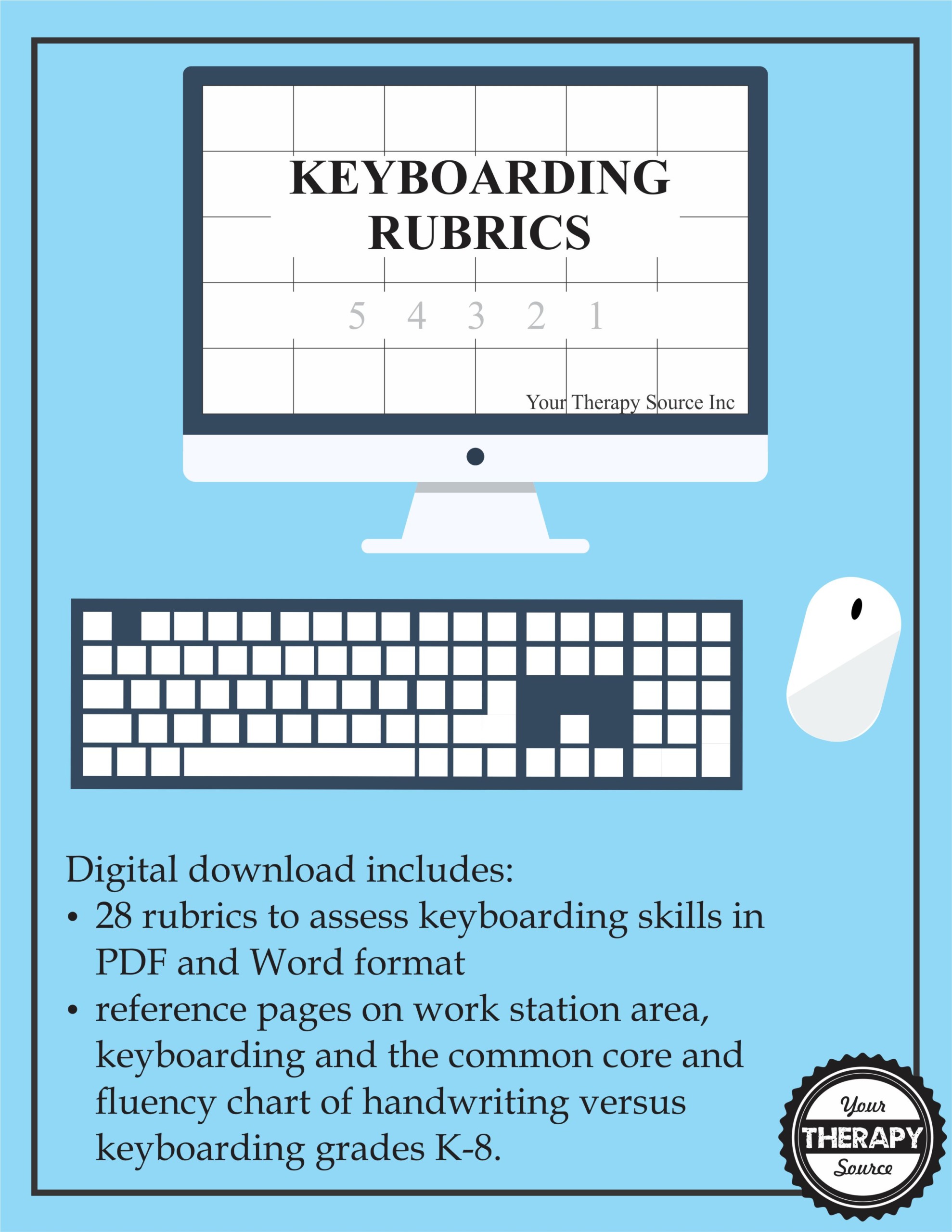
Keyboarding Rubrics
RESULTS OF THE STUDY ON HANDWRITING AND TYPING IN ADOLESCENTS
KEY TAKEAWAYS ABOUT THIS STUDY ON HANDWRITING AND TYPING IN ADOLESCENTS
- Spelling’s Impact on Writing and Typing: This research shows that how we spell words can affect both the way we write by hand and type on a keyboard. For 9th graders, trying to type a word that isn’t familiar can slow down the typing process, but it doesn’t seem to affect handwriting in the same way. This suggests that typing could be a bit tougher when dealing with words we don’t already know.
- The Effect of Word Length and Hardness: The length and complexity of words can change how we write or type them. The study found that long or tricky words can make typing slower. This might be because typing sometimes involves less commonly used combinations of letters (orthographic units).
- How Reading Skills Play a Role: Reading well can help improve how fast and smooth our handwriting is. However, good reading doesn’t seem to help typing in the same way. While typing, we might be more focused on understanding the word we’re typing in the moment rather than relying on our memory of that word. Yet, being good at reading unfamiliar words (decoding skills) can help speed up typing.
- Hand Coordination Matters: Being able to use the hand you write with (dominant hand) well can help you write faster. But this doesn’t have a big effect on typing. Interestingly, getting better with the hand you don’t write with (non-dominant hand) can speed up handwriting and slightly slow down typing. This is because typing requires using both hands, and getting better with one hand might interfere with the coordination of using both hands together.
- Handling Complex Words: The study found that complex words (ones with complex combinations of letters or graphemes) can slow down both handwriting and typing. The effect was stronger in typing, suggesting that typing complex words might need more brainpower, especially for inexperienced typists. This shows the importance of teaching students how to manage complex words in both handwriting and typing efficiently.
Read on for more details about this study on handwriting and typing in adolescents.
HOW SPELLING SKILLS AFFECT WRITING AND TYPING
The study found that spelling skills play a big role in both handwriting and typing. However, the impact is different in each case. When handwriting, it didn’t matter much whether students were writing real words or made-up ones. But when typing, they were slower with the made-up words. This suggests that typing needs more time for processing, especially when dealing with unfamiliar words.
Word length also had an expected impact. It was more difficult to type longer words or sentences than to handwrite them. This suggests that typing needs more working memory, especially when dealing with longer words or sentences.
Spelling complexity also mattered. Words with complex spelling slowed down both handwriting and typing. They had a greater impact on typing, suggesting that words with complex spelling require more mental effort, especially for those who are not expert typists.
The study found that tricky letter combinations (which they call “orthographic complexity”) can make both handwriting and typing slower. Basically, when there are complex parts in a word, it can slow down how fast you pick and write the letters in both handwriting and typing. This effect is stronger when you’re typing. This means that typing complex words might require more thinking, especially if you’re not a very experienced typist.
THE ROLE OF READING AND EYE HAND COORDINATION SKILLS
Reading skills did not affect handwriting and typing in the same way. Good word reading skills helped with efficient handwriting more than typing. This indicates that being good at reading real words is more helpful for handwriting, which is usually more automatic for students.
On the other hand, being good at reading made-up words (which require more spelling-out than real words) was more helpful for typing than handwriting. This suggests that typing might need more breaking down of words into parts, especially for those who are not expert typists.
Hand-eye coordination skills also had different effects on handwriting and typing. Being good with the dominant hand made handwriting faster but didn’t significantly impact typing. Interestingly, being good with the non-dominant hand can make handwriting faster but slow down typing of long words or sentences.
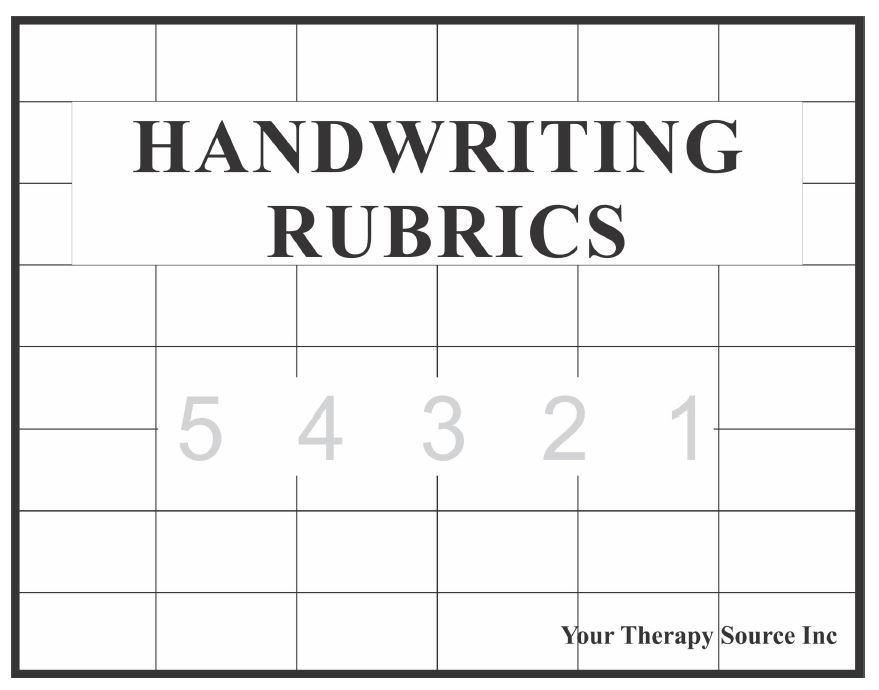
Handwriting Rubrics
WHAT TEACHERS CAN TAKE FROM THIS RESEARCH
This research shows us that writing skills are complex and are affected by different factors like spelling, reading, and hand-eye coordination. These factors have different impacts depending on whether the student is handwriting or typing. The differences could be because of factors like how automatic the process is, the way of writing, and how complex the words are.
For teachers and occupational therapists, these insights are important. They show that teaching handwriting and typing should be approached differently, as they involve different mental and physical processes. For example, understanding that typing efficiency in teens can be affected by factors like word length, spelling complexity, and their ability to read made-up words can help in planning teaching strategies.
Similarly, knowing that better handwriting is linked with strong dominant hand skills can help in teaching handwriting. By considering these factors, teachers can better help their students improve these crucial writing skills.
REFERENCE
Cerni, T., & Job, R. (2023). Spelling processing during handwriting and typing and the role of reading and visual-motor skills when typing is less practiced than handwriting. Reading and Writing, 1-33.
